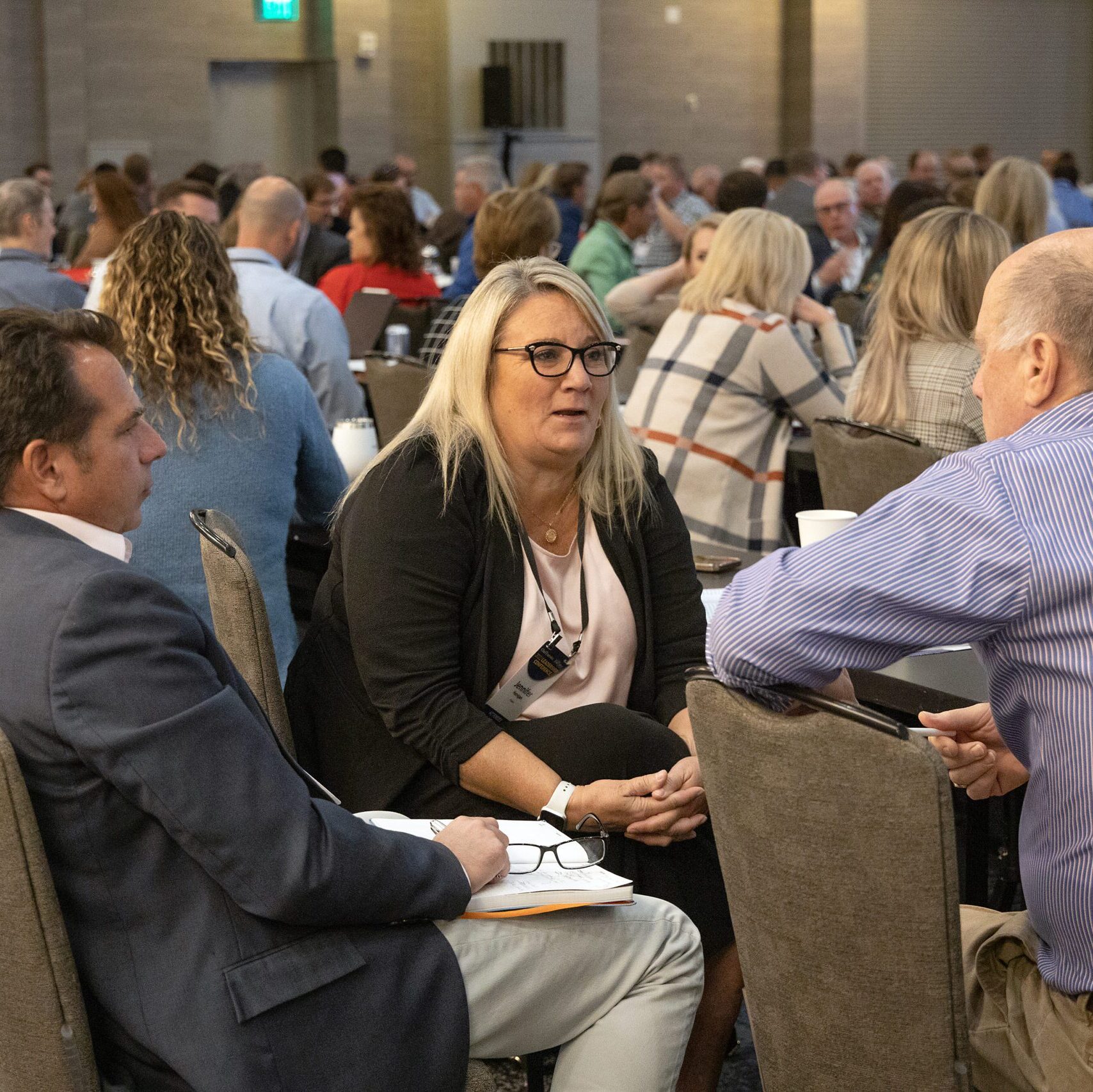A culture built on candor, trust, collaboration and mutual respect sets the framework for positive dynamics among the directors. An atmosphere of honest and open communication enhances the directors’ ability to ask management the tough questions, to challenge assumptions and to truly leverage the value of the entire board to the organization. This is a key finding, since 88 percent of the respondents in a recent RHR International study indicated that the quality of dialogue and debate within the boardroom is a major differentiator between average and great boards.
It is important to keep in mind that board dynamics are always complex. The odds of harmonious interaction happening spontaneously are slim. Therefore, careful orchestration of the dynamics is central to the development and maintenance of a great board. Group dynamics are influenced by a host of factors, many of a social-psychological nature. Tying all these elements together requires strong leadership—an effective, non-executive chair or a lead director who pays close attention to the working relationships.
Study respondents agreed, often commenting on the influence of effective relationships on facilitating strong levels of communication between the directors and the CEO. In addition to giving feedback and acting as an honest broker between the board and the CEO, an effective lead director can ensure that everyone is on the same page and aligned with the corporation’s goals and strategies.
Finally, remember that maintaining productive board dynamics is a journey, not a destination. A good feedback process helps develop the effectiveness of every individual director and the dynamics of the group as a whole. Based on the feedback, the composition of the board may change. The new dynamics will then require monitoring and aligning by the lead director. The loop is continuous.
Unfortunately, respondents to the RHR survey indicate that only 4 percent of U.S. corporate boards have adequate feedback mechanisms in place. The journey continues.
Chief Executive Group exists to improve the performance of U.S. CEOs, senior executives and public-company directors, helping you grow your companies, build your communities and strengthen society. Learn more at chiefexecutivegroup.com.
0

1:00 - 5:00 pm
Over 70% of Executives Surveyed Agree: Many Strategic Planning Efforts Lack Systematic Approach Tips for Enhancing Your Strategic Planning Process
Executives expressed frustration with their current strategic planning process. Issues include:
Steve Rutan and Denise Harrison have put together an afternoon workshop that will provide the tools you need to address these concerns. They have worked with hundreds of executives to develop a systematic approach that will enable your team to make better decisions during strategic planning. Steve and Denise will walk you through exercises for prioritizing your lists and steps that will reset and reinvigorate your process. This will be a hands-on workshop that will enable you to think about your business as you use the tools that are being presented. If you are ready for a Strategic Planning tune-up, select this workshop in your registration form. The additional fee of $695 will be added to your total.

2:00 - 5:00 pm
Female leaders face the same issues all leaders do, but they often face additional challenges too. In this peer session, we will facilitate a discussion of best practices and how to overcome common barriers to help women leaders be more effective within and outside their organizations.
Limited space available.

10:30 - 5:00 pm
General’s Retreat at Hermitage Golf Course
Sponsored by UBS
General’s Retreat, built in 1986 with architect Gary Roger Baird, has been voted the “Best Golf Course in Nashville” and is a “must play” when visiting the Nashville, Tennessee area. With the beautiful setting along the Cumberland River, golfers of all capabilities will thoroughly enjoy the golf, scenery and hospitality.
The golf outing fee includes transportation to and from the hotel, greens/cart fees, use of practice facilities, and boxed lunch. The bus will leave the hotel at 10:30 am for a noon shotgun start and return to the hotel after the cocktail reception following the completion of the round.